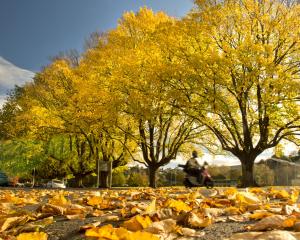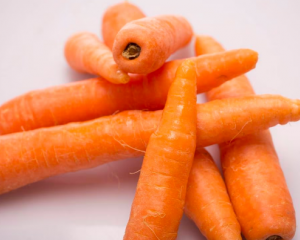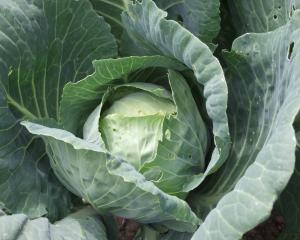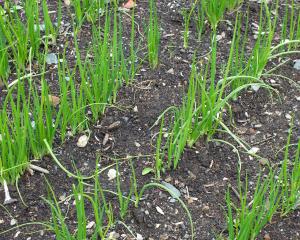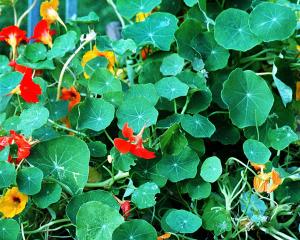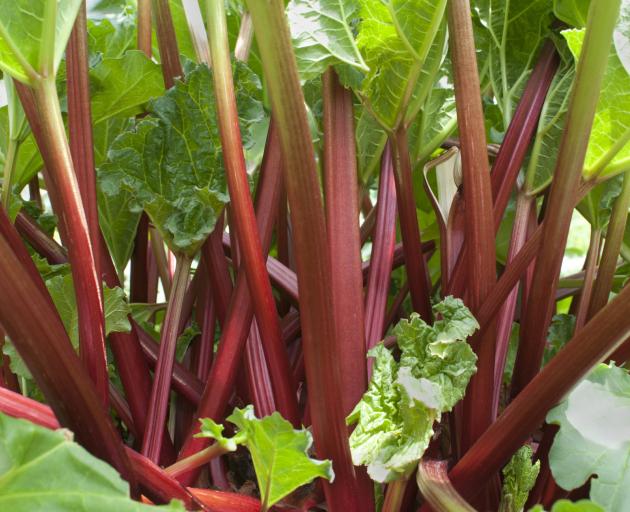
June is a good time to develop or extend a rhubarb bed as the plants (crowns) are dormant during winter. Dividing and replanting every three years is recommended, as it gives an opportunity to remove any perennial weeds such as dandelions or docks that have been missed and more importantly, enables the soil to be enriched. Rhubarb needs constant nourishment and thrives on the addition of plenty of animal manure to the soil.
Lift the crowns and chop them with a sharp spade. Each section to be replanted should have a couple of buds and a root. Work lots of compost and manure into the bed and replant.
Broad beans can still be sown in lighter soils. Exhibition Long Pod is a reliable old variety, while Evergreen is a faster-maturing broad bean. Coles Prolific and Imperial Green both grow to about 1.3m.
If frosts are not too severe, cabbage and cauliflower plants can be put in but the spot chosen must be well drained. Established spring cabbages can have soil gently hoed up around their stalks to improve drainage and let any sun warm the upper levels of the soil.
Flowers
Fine days are a good time to dig up, split and replant perennials such as Michaelmas daisies and phlox. Add compost or general fertiliser to the soil before replanting.
Gladioli still in the ground should be lifted and stored in a warm, dry spot in paper bags until quite dry. Do not remove the papery cover (sometimes called the tunic) until drying is complete.
Sweet peas can be grown in trenches, an old method virtually guaranteed to give top-notch blooms. Prepare the spot by putting plenty of manure or compost in the bottom of the trench. Sweet peas also need lime, about 30g to 50g to each metre of trench before topping with soil. If the top of the trench is 10cm to 20cm below the surrounding soil, plants are less likely to dry out over summer.
Hydrangeas can be cut back now.
Shorten stems to a double bud and mulch with manure.
For blue flowers, hydrangeas need acidic soil and for pink flowers, alkaline soil. To get better blues, make the soil more acid by adding aluminium sulphate. Lime, being alkaline, will make the flowers more pink.
Fruit
Pruning of apple and pear trees can begin when the leaves turn yellow and continue until the beginning of August, when the buds start to swell.
In general, pruning is to take out any weak or spindly growth, remove branches that cross and cut each remaining stem back to about two-thirds of its length.
There are two main kinds of branches, the upward-facing leaders or main branches and the young shoots or laterals.
Any branches below the leaders should be removed, particularly any growing from the base of the tree.
Fruit is mainly produced on fruiting spurs, short growths with clusters of flower buds, so keep this in mind when pruning.
Cover every cut surface, no matter how small, with pruning paste to prevent disease getting into the tree.
Do not leave prunings on the ground as they attract insects and fungal diseases, and keep ground clear around the base of fruit trees or grow suitable herbs, such as chives, tansy or comfrey, to deter pests and diseases.


